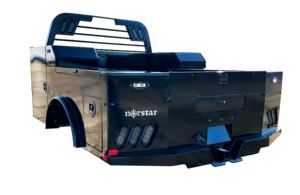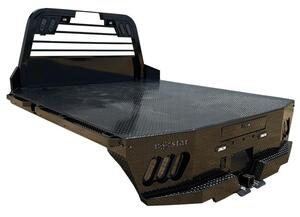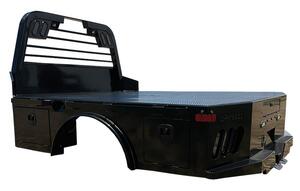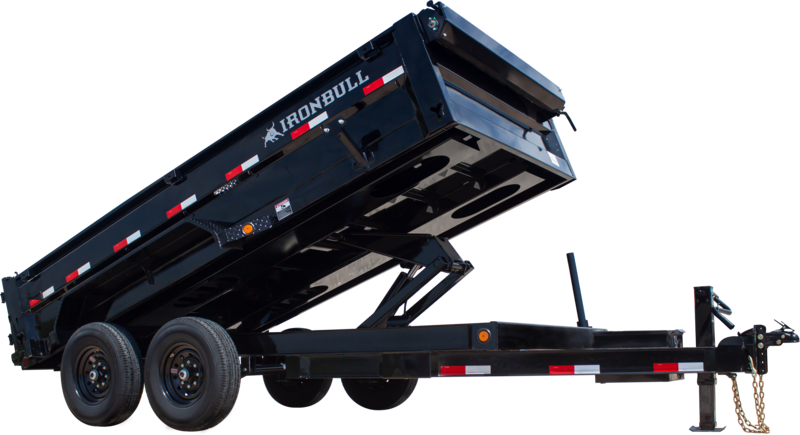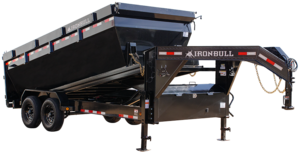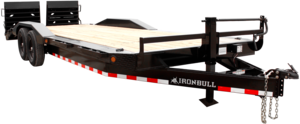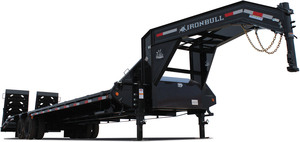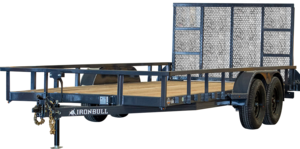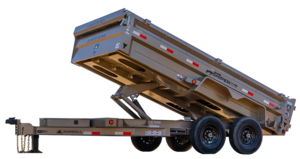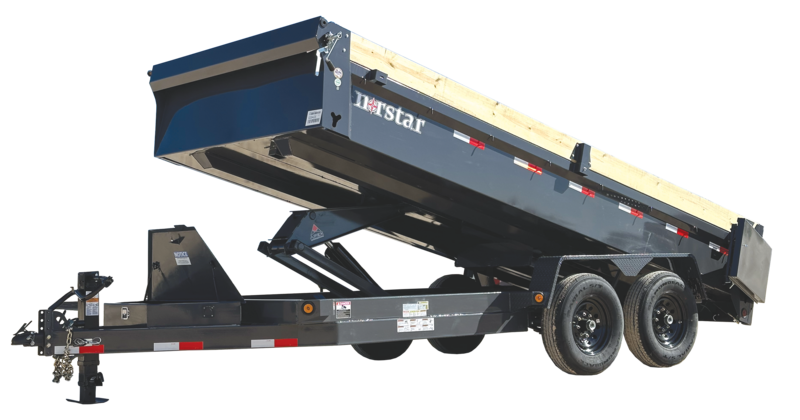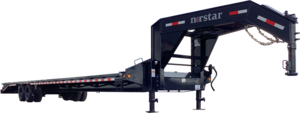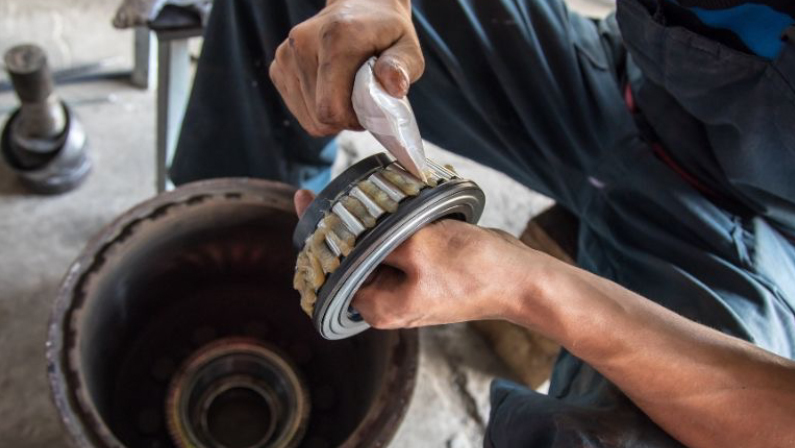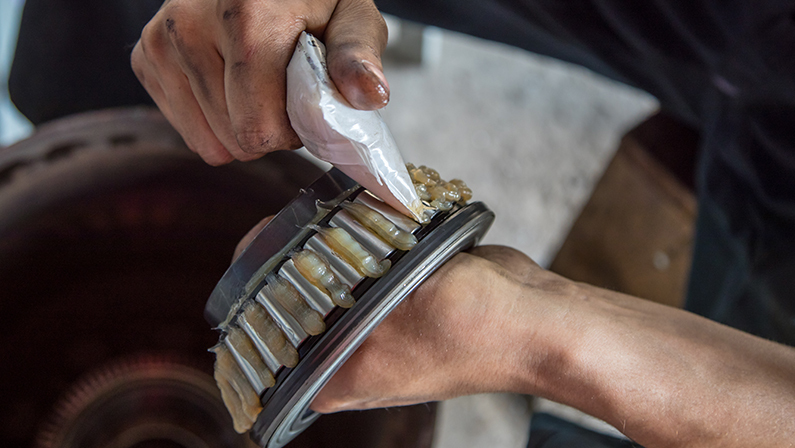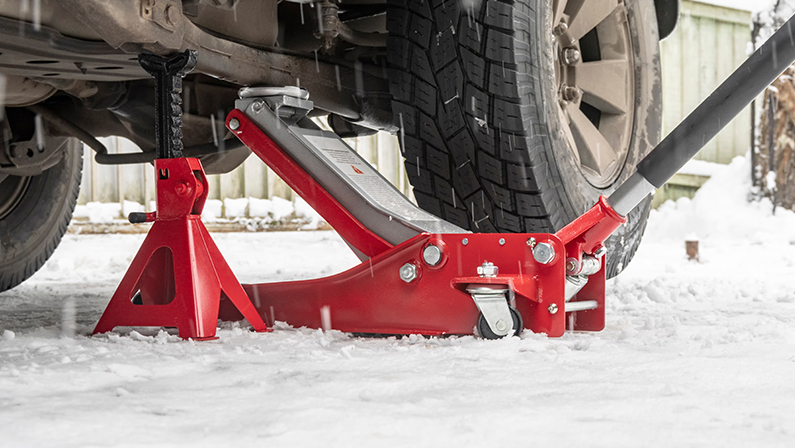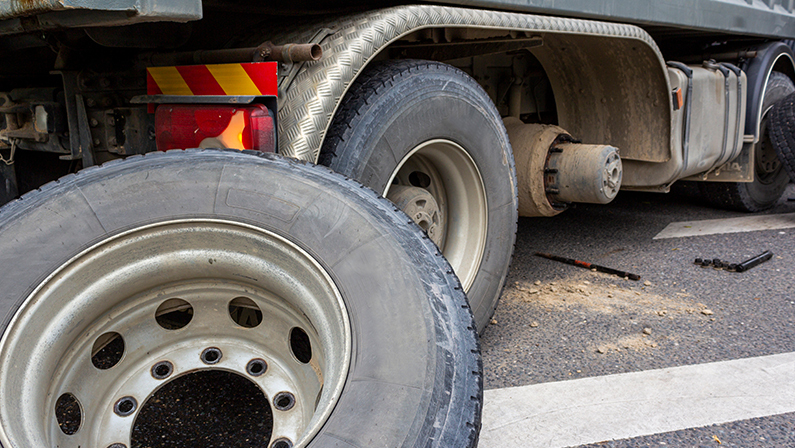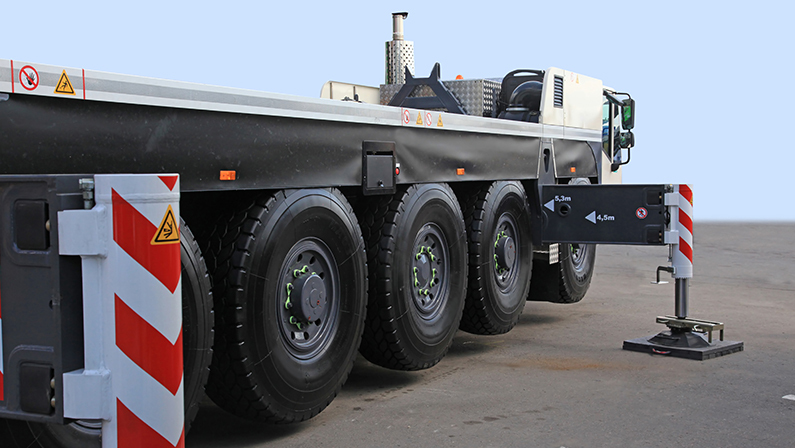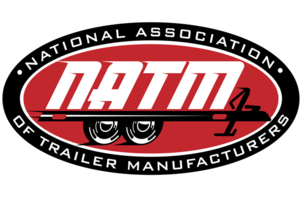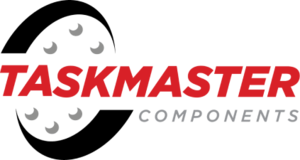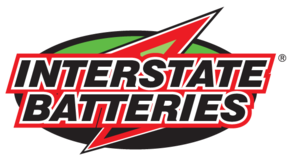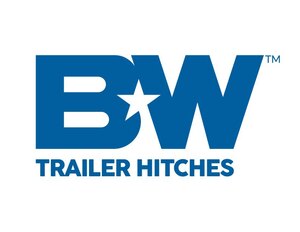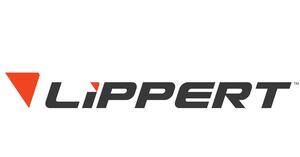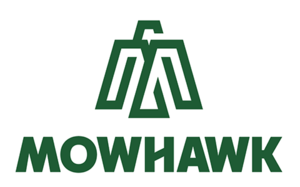How to Check Trailer Wheel Bearings: A Comprehensive Guide
Trailer wheel bearings are an often-overlooked yet critical component of any trailer. These small but mighty parts are responsible for enabling the smooth rotation of your trailer's wheels, ensuring a safe and efficient towing experience. Neglecting their maintenance can lead to costly repairs, compromised safety, and inconvenient breakdowns.
In this comprehensive guide, we will walk you through the process of checking trailer wheel bearings, step by step.
What are Wheel Bearings?
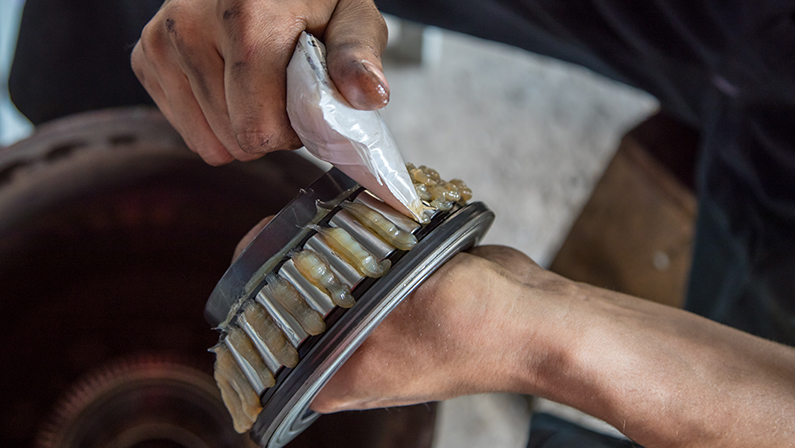
Wheel bearings are precision-engineered components that facilitate the rotation of the wheels on their axles. They consist of inner and outer races, rolling elements (either balls or rollers), and a cage that maintains the alignment of these elements. By reducing friction between moving parts, wheel bearings minimize wear and heat buildup, ensuring a smooth and reliable towing experience.
Types of Wheel Bearings
When it comes to trailer wheel bearings, one size doesn't fit all. Trailers rely on two main types of wheel bearings: roller bearings and ball bearings. Understanding the characteristics of each type can help you make informed decisions based on your trailer's specific requirements.
Roller Bearings: Durable Powerhouses for Heavy Loads
Roller bearings are renowned for their exceptional durability and strength, making them a reliable choice for heavy-duty applications. Designed to withstand substantial loads, these bearings excel in trailers that carry significant weight. Whether you're towing construction equipment, livestock, or other hefty cargo, roller bearings ensure your trailer remains stable and secure throughout the journey. Their robust construction allows them to endure the stress of heavy loads without compromising performance.
Ball Bearings: Smooth Precision for Speed and Maneuverability
On the other end of the spectrum, ball bearings prioritize smooth operation and speed. Engineered for trailers that require agility and nimbleness, ball bearings offer precise rotation and reduced friction. If your trailer frequently travels at higher speeds or requires frequent maneuvering, such as for recreational or racing purposes, ball bearings are an ideal choice. Their design enhances efficiency, allowing your trailer to glide effortlessly, while minimizing heat buildup during rapid movement.
Selecting the appropriate type of wheel bearings depends on your trailer's intended use and the demands it will face. Consider the weight you'll be carrying, the speeds you'll be traveling, and the nature of your cargo. If your trailer is designed for heavy loads and rugged conditions, roller bearings provide the durability and resilience required. Conversely, if speed and maneuverability are paramount, opt for ball bearings to ensure seamless operation without compromising performance.
Signs of Failing Wheel Bearings
Recognizing the signs of failing wheel bearings is crucial for ensuring the safety of your trailer and its cargo. Here are common indicators that your trailer's wheel bearings may be compromised:
1. Unusual Noises
Pay attention to any grinding, humming, or growling noises coming from the wheels while the trailer is in motion. These noises often indicate that the bearings are experiencing excessive friction and wear.
2. Vibrations and Wobbling
If you notice vibrations or wobbling while towing your trailer, it could be a sign of uneven or damaged wheel bearings. These vibrations can compromise the stability of the entire trailer.
3. Excessive Heat
After a short drive, touch the wheel hubs carefully. If they feel excessively hot, it suggests that the bearings are generating excessive heat due to friction.
4. Irregular Tire Wear Patterns
Inspect the tire treads for uneven wear patterns. Misaligned or damaged wheel bearings can lead to uneven distribution of weight on the tires, causing irregular wear.
5.Trailer Pulling to One Side
If your trailer tends to pull to one side while towing, it could be due to uneven bearing wear on that side. This imbalance can impact your ability to control the trailer effectively.
Tools and Equipment You'll Need for Checking Trailer Wheel Bearings
Before you start the inspection process, gather the following tools and equipment to ensure a thorough assessment of your trailer's wheel bearings:
Jack and Jack Stands
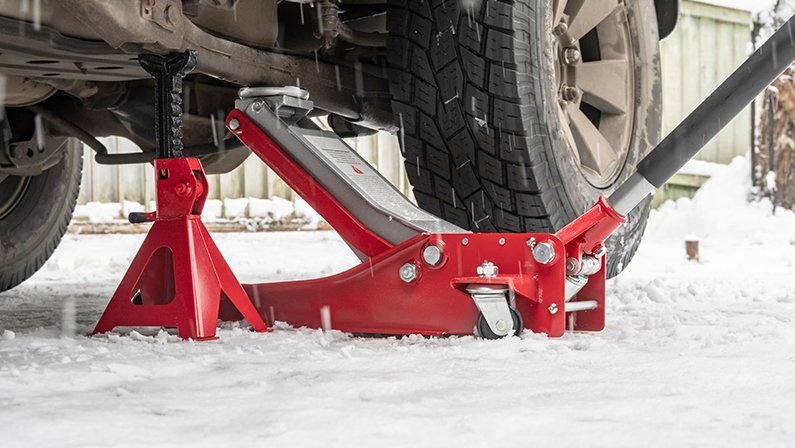
These are essential for safely lifting the trailer off the ground to access the wheels.
Lug Wrench
Use a lug wrench to remove the lug nuts securing the wheels to the trailer.
Grease Gun and High-Quality Grease
Proper lubrication is vital for the longevity of your wheel bearings. A grease gun and high-quality grease are necessary for this step.
Clean Rags or Disposable Gloves
Keep your hands clean during the inspection process by using clean rags or disposable gloves.
Bearing Inspection Kit
This kit should include essential items such as cotter pins, seals, and other small components that may need replacement.
Step-by-Step Process on How to Check Trailer Wheel Bearings
Now that you have your tools ready, let's dive into the step-by-step process of inspecting your trailer's wheel bearings:
1. Remove the Trailer Wheels
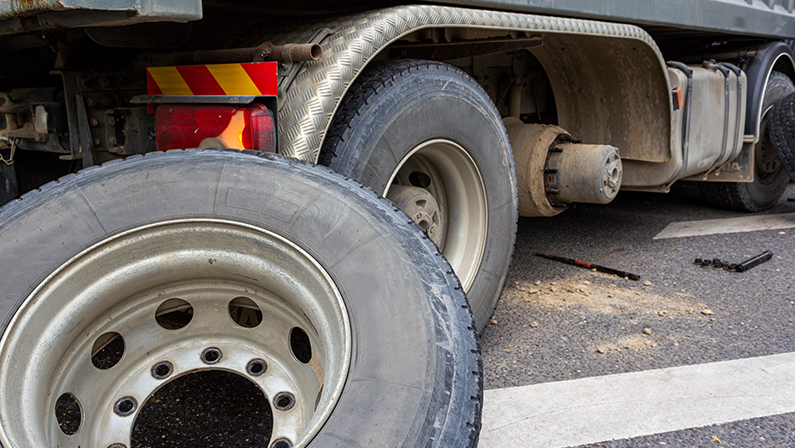
Begin by safely raising the trailer using the jack and jack stands. Remove the lug nuts and carefully take off the wheels.
2. Inspect the Wheel Hub and Spindle
Examine the wheel hub and spindle for signs of wear, rust, or damage. Look for any abnormalities that might affect the functioning of the bearings.
3. Clean the Bearings and Spindle
Use a suitable solvent to clean the old grease from the bearings and spindle. This step is crucial for a thorough inspection.
4. Check Bearing Condition
Carefully inspect each bearing for signs of wear, cracks, or damage. Rotate them between your fingers to feel for rough spots or irregular movement.
5. Inspect Bearing Races
Examine the bearing races, which are the surfaces on which the bearings rest. Look for any pitting, cracks, or signs of wear that could impact bearing performance.
6. Check Bearing Seals
Carefully inspect the bearing seals for cracks, tears, or signs of wear. Damaged seals can allow moisture and dirt to enter, leading to premature bearing failure.
7. Properly Grease the Bearings
Apply an ample amount of high-quality grease to each bearing. Proper lubrication ensures smooth operation and reduces friction.
8. Reassemble the Wheel Components
Carefully reassemble the bearings, seals, and other components in the correct order. Ensure everything is properly seated.
9. Torque Lug Nuts
Reattach the wheels and tighten the lug nuts to the manufacturer's recommended torque specifications. This step is crucial for safety.
Maintenance Tips for Prolonging Bearing Lifespan
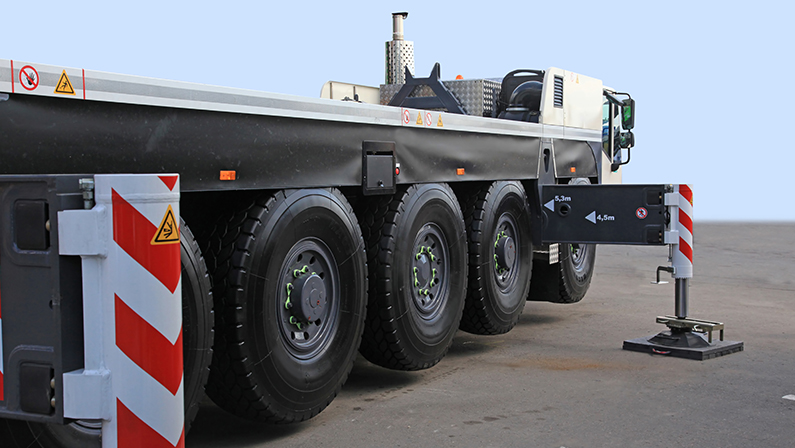
To keep your trailer's wheel bearings in top shape and extend their lifespan, following proper maintenance practices is crucial. Here are essential tips to ensure optimal performance and longevity.
Regular Inspection Intervals
Schedule routine inspections before and after long trips, as well as during regular maintenance. Regular checks can help you catch potential issues before they become serious.
High-Quality Grease
Invest in high-quality grease that is suitable for your trailer's specific type of bearings. Grease provides essential lubrication and helps prevent friction-related wear.
Bearing Preload Adjustment
Adjust the bearing preload according to the manufacturer's specifications. Proper preload ensures that the bearings operate smoothly without excess play.
Protection from Water and Dirt
Use bearing protectors or covers to shield your wheel bearings from moisture, dirt, and debris. These contaminants can significantly affect bearing performance.
Long Periods of Trailer Inactivity
If your trailer will be inactive for an extended period, consider raising it off the ground using jack stands. This prevents flat-spotting of tires and reduces the strain on wheel bearings.
Seeking Professional Help to Check Trailer Wheel Bearings
If you encounter challenges or feel unsure during the inspection, it's smart to seek help from a qualified mechanic. These professionals understand wheel bearing complexities and can assess your trailer meticulously for top performance and safety.
Mechanics have extensive experience in diagnosing and fixing problems, gained over years of practice. Their trained eyes catch details that a novice might miss, preventing potential issues later on. Bringing in a skilled mechanic not only ensures an accurate assessment but also guarantees precise maintenance procedures.
Keeping Your Trailers Safe and Efficient with Norstar Company
Don’t compromise your safety. Mastering the art of checking trailer wheel bearings is vital for keeping your trailers safe and functioning well. By following this guide's step-by-step inspection and adopting maintenance tips, you prevent unexpected breakdowns and ensure smooth trailer operations.
Remember, you're not alone in this journey. Norstar Company is here to support you. Visit Norstar Company to explore our range of products designed to enhance your trailer's performance and security. With Norstar Company, you're not just maintaining trailers; you're ensuring safety and reliability on every trip. By investing in top-notch products, you're taking a proactive step towards maintaining the reliability and safety of your trailers, no matter the task or terrain.




